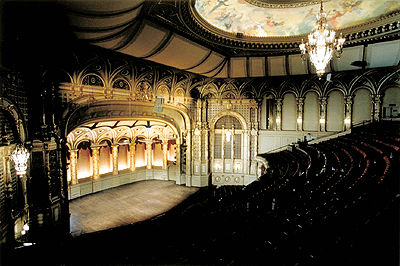Timelines
Ontario
Ontario is Canada's most populous and second-largest province. It stretches from Canada's southernmost point at Middle Island in Lake Erie in the south, to the Manitoba-Ontario border on Hudson Bay in the north, and from the banks of the St. Lawrence River in the east, to the Manitoba border in the west.







